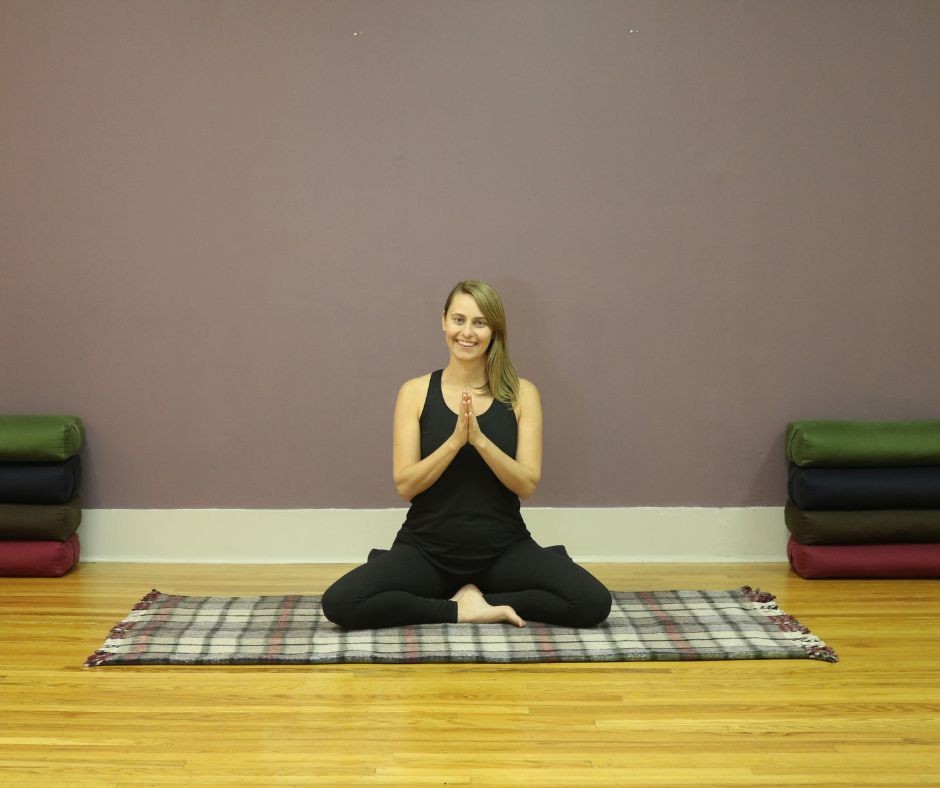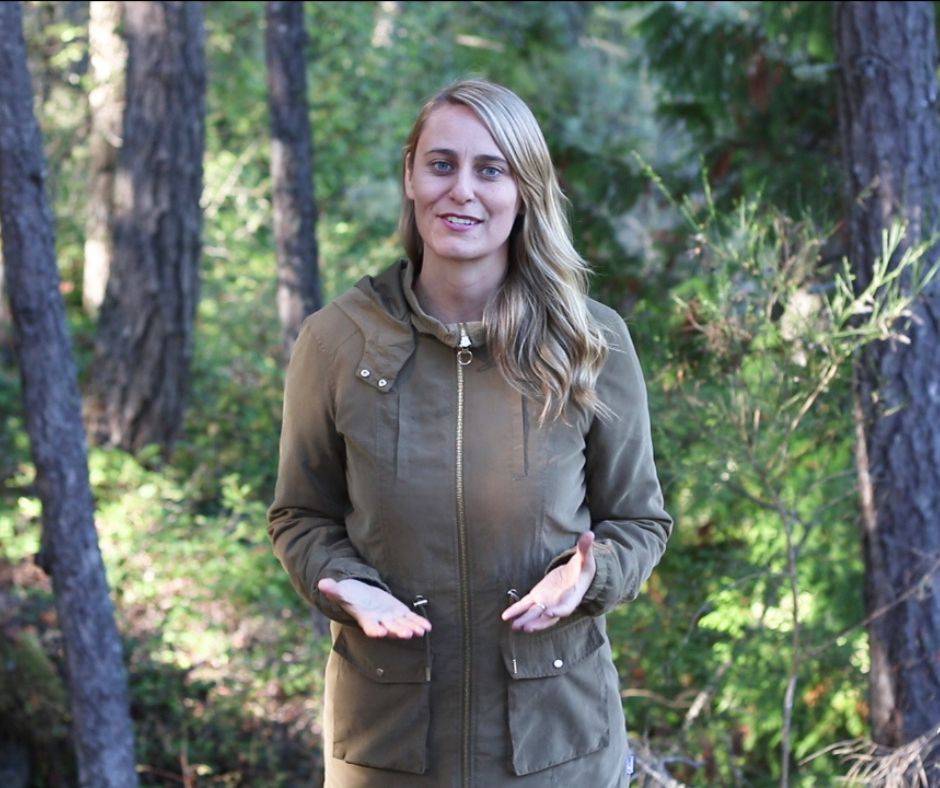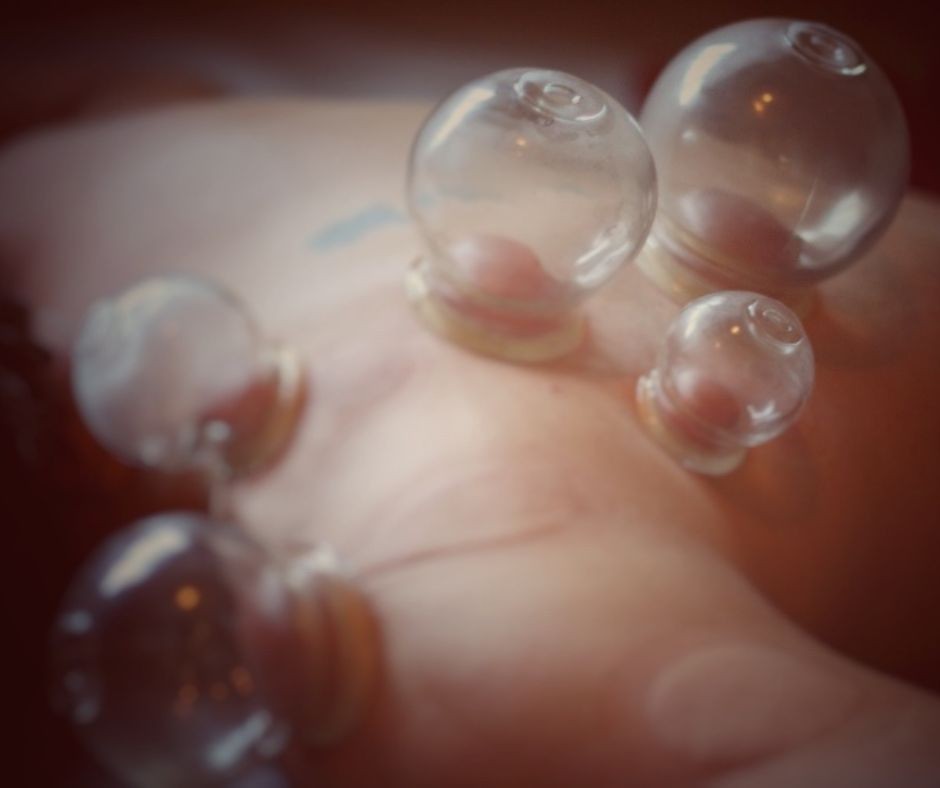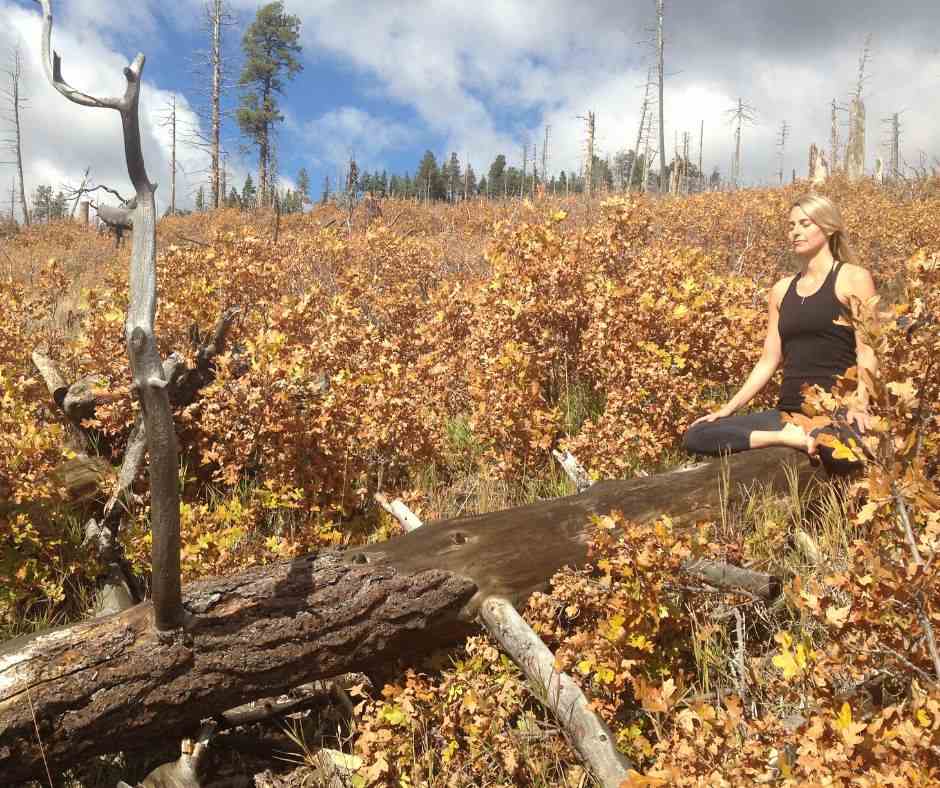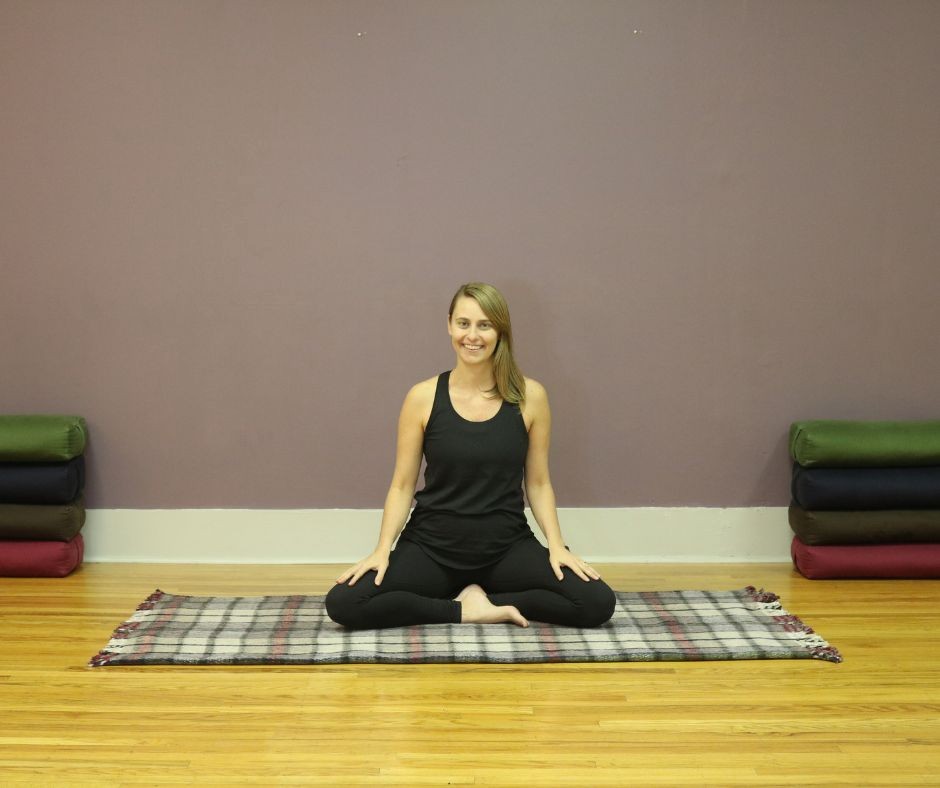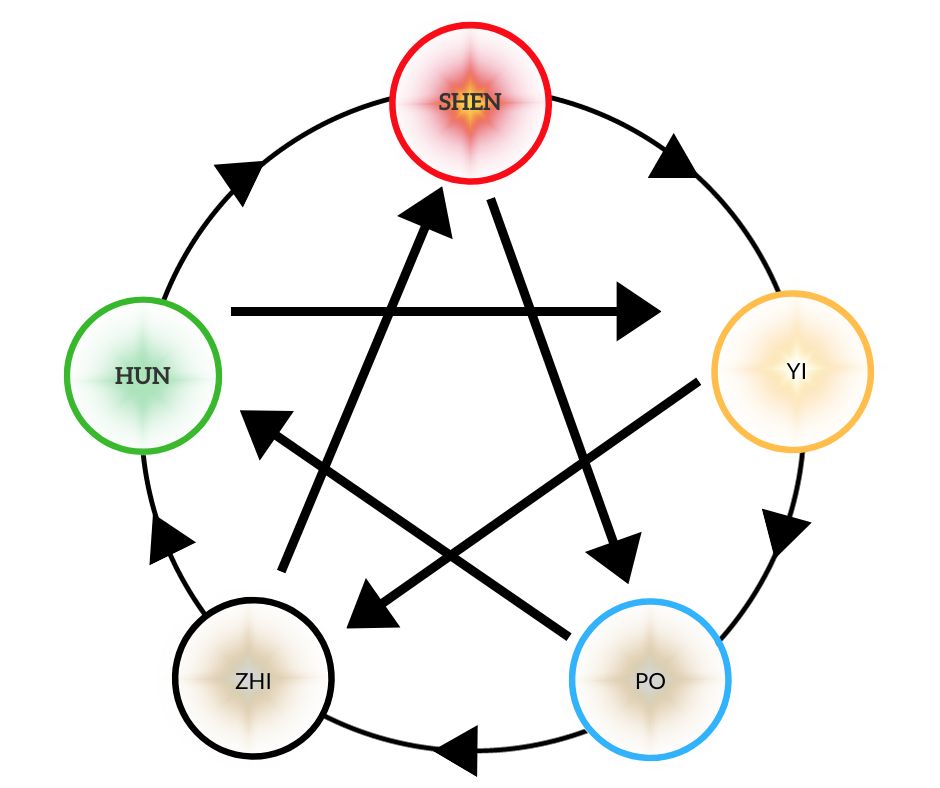In Chinese Medicine, the Lungs and the Large Intestine are paired.
When looking at the organs through the lens of Chinese Medicine, it’s important to remember that Chinese Medicine is concerned with relationships, interactions and functions more than physical location. So whenever the organs are discussed in Chinese Medicine, what’s usually being referred to is an array of functional relationships.
Each of the primary organs has a corresponding meridian or energetic channel. The meridians are where Qi is said to flow. This Qi nourishes the body and keeps the body in relative balance.
The Lungs exist physically in the body in the chest above the diaphragm. They filter the air we breathe which oxygenates our blood, and they expel carbon dioxide through the exhale.
Energetically the Lungs draw in Qi from the air, circulate the Qi and send it downward where the Kidneys grasp it. The Lung also helps to circulate defensive Qi (wei Qi). The Wei Qi circulates on the surface of the body protecting the body from external pathogens like common colds. Learn more about wei Qi and using Chinese Medicine for common colds here.
The Large Intestine (the colon) stores and excretes waste. It’s also responsible for the absorption of water.
Watch the video to learn about the location of the Lung and Large Intestine meridians and some acupressure points you can use in your yin yoga or active yoga practice:
Location of the Lung Meridian:
- Internal pathway begins in the middle of the body cavity and runs downward to connect to the Large Intestine, then travels back up and passes through the diaphragm, Lungs, and throat
- Primary pathway emerges on the chest under the clavicle and ascends to the deltopectoral triangle
- Descends along the medial aspect of the arm to the elbow crease
- Travels down the anterior portion of the forearm
- Travels towards the styloid process of the radius
- Traverses the thenar eminence to terminate at the radial side of the thumbnail
Find a yin yoga sequence for the Lung and Heart meridians here.
Location of the Large Intestine Meridian:
- Starts at the radial tip of the index finger
- Travels down the index finger and between the thumb and index finger
- Continues up the lateral aspect of the forearm to the elbow
- Ascends along the anterior border of the upper arm
- Crosses behind the shoulder to the depression between the scapular spine and the lateral extremity of the clavicle
- An internal branch travels to the Lungs, diaphragm, and Large Intestine
- The primary pathway continues and ascends from the supra-clavicular fossa along the lateral aspect of the neck, passes through the cheek
- Curves around the upper lip and crosses to the opposite side of the nose
Acupressure Points for Yoga
During your yoga practice some poses may compress these points and others will release the compression. You can also place gentle pressure on these points before, during or after your practice.
Lung 1 and 2 (Zhong Fu and Yun Men) :
These points are particularly helpful if you’re working with lung congestion, troubles breathing, or grief.
LOCATION: These two points are located at the top of the chest in the small groove below the intersection of the collarbone and the shoulder on either side of the upper chest. If you trace your finger along and below the collarbone starting at the centre and going outwards, you will reach a hollow near the end of the collarbone called the “deltopectoral triangle” where the points are located.
Large Intestine 4 (He Gu) :
This point is one of the most commonly used acupressure points. Use this point for common colds, constipation, and to induce labour. It’s a strong point for relieving pain such as headaches, toothache, and menstrual pain. It’s helpful for any form of excess or stagnation and is considered a point to help in “letting go”.
CONTRAINDICATION: Pregnancy
LOCATION : Located on the top of the hand (the dorsum) in the centre of the fleshy area between the index finger and the thumb.

